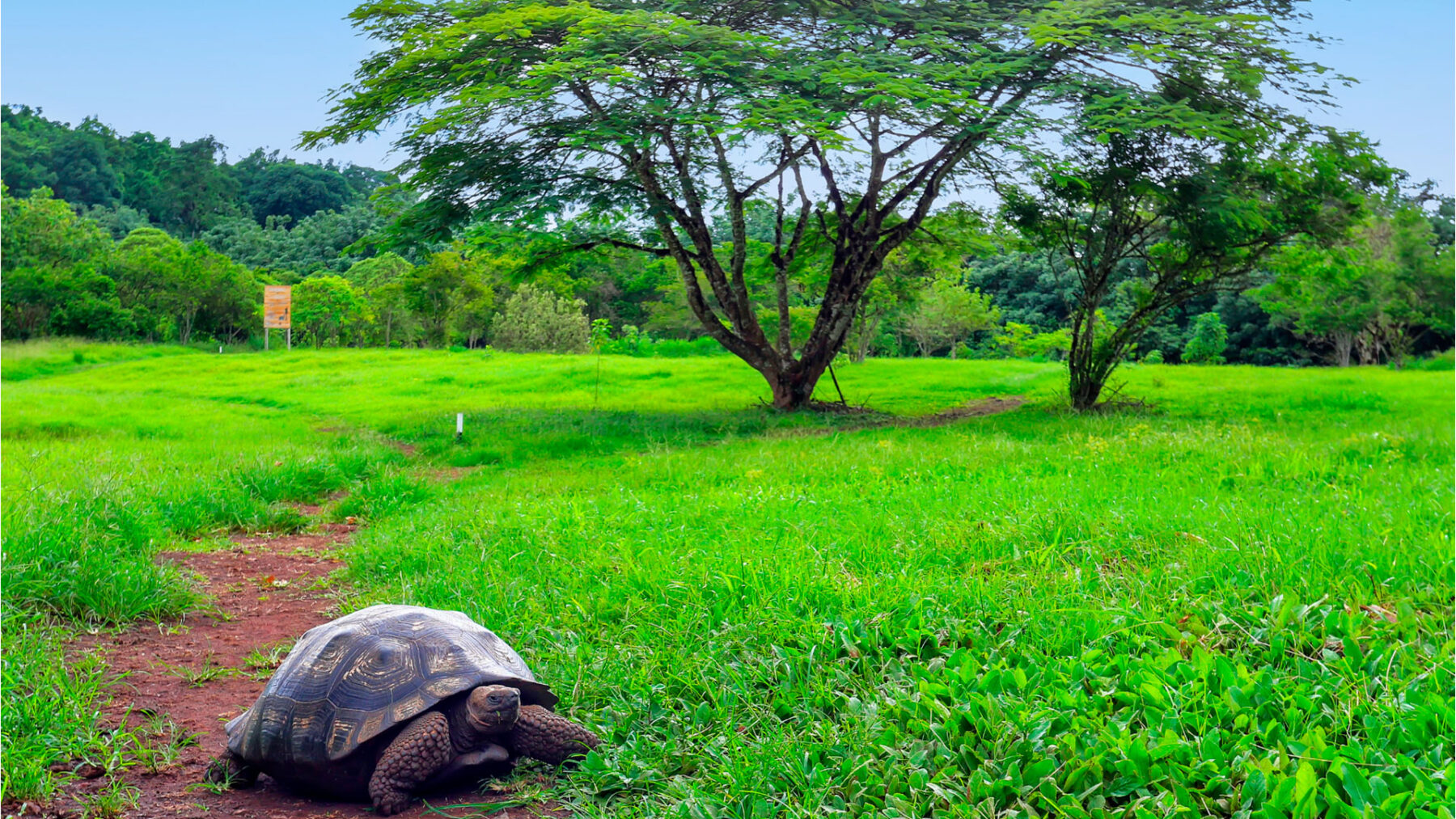
Galapagos Tortoises awaits for you in the highland of Santa Cruz!
There are many islands around the archipelago from which the tortoises originate was named after them by Spanish sailors in the 16th century – the Spanish word for tortoise is galapago. And 500 years ago there were believed to be at least 250,000 of them on the archipelago, but after being hunted by whalers and traders and their non-native pets, they have become a protected species.
The giant tortoise arrived in Galapagos from mainland South America 2-3 million years ago, where they underwent diversification into 14 species, differing in their morphology and distribution. After the death of Lonesome George in 2012, the last Pinta island tortoise, twelve living species are thought to remain in Galapagos across ten islands.
Giant tortoises show large variation in size and shape but all species can be classed into two main shell types: domed and saddle-backed. Dome-shelled tortoises lack an upward angle to the front of their carapace (shell), restricting the extent to which they can raise their heads. They tend to live on large, humid islands where there is lots of vegetation to eat. Saddle-backed tortoises have an upward curve to the front of their carapace, which allows them to stretch up to reach higher growing plants. They tend to live on arid islands in Galapagos, where food is less abundant.
The Galapagos giant tortoise spends an average of 16 hours per day resting. The rest of their time is spent eating grasses, fruits and cactus pads. They enjoy many activities like basking with the sun and bathing in water, but can survive for up to a year without water or food. Small birds, such as Galapagos finches, can often be seen sitting on the backs of giant tortoises. The birds and tortoises have formed a symbiotic relationship in which the birds peck the ticks out from the folds of the tortoises’ skin. Breeding primarily occurs during the hot season (January to May), although mating may be seen at any time of year. Mating may last for several hours, with the male making loud roaring noises throughout. After mating, the female migrates to a nesting area, where she digs a hole with her back feet into which she lays 2 to 16 eggs, each the size of a tennis ball. The eggs are incubated by the sun, with the young tortoises hatching after around 130 days.

In the inhabited Islands:
Where to see them: The Santa Cruz highlands around El Chato Natural Reserve where there are Private Ranchs. We can visit their facilities like gift shop, restaurant, and the main attraction is our icon of the islands the Galapagos Giant Tortoise walking around the pounds and eatig grass all over the place.
In the wild like Alcedo Volcano on Isabela have the largest populations of giant tortoises.
When to see them: Galapagos giant tortoises are present all year round. They are most active at midday during the cool season and early morning or late afternoon in the hot season.
Threats: Galapagos giant tortoise populations suffered huge declines due to exploitation by whalers, buccaneers and fur sealers. The tortoises provided a source of fresh meat which could be kept alive on a ship for several months without any food or water. This resulted in the loss of between 100,000 and 200,000 tortoises. They were also exploited for their oil which could be used for burning in lamps. The introduction of several species by humans has had further devastating effects on tortoise populations. Rats, pigs and ants predate tortoise eggs; feral dogs attack adult tortoises; cattle and horses trample nests; and goats compete with tortoises for food. They are also affected by barriers to the migration routes such as farmland fencing and roads, and there are possible health issues from being in close proximity with farm animals. At least two species of giant tortoise are thought to have gone extinct – including the Pinta tortoise, whose last known survivor (Lonesome George) passed away in June 2012.
